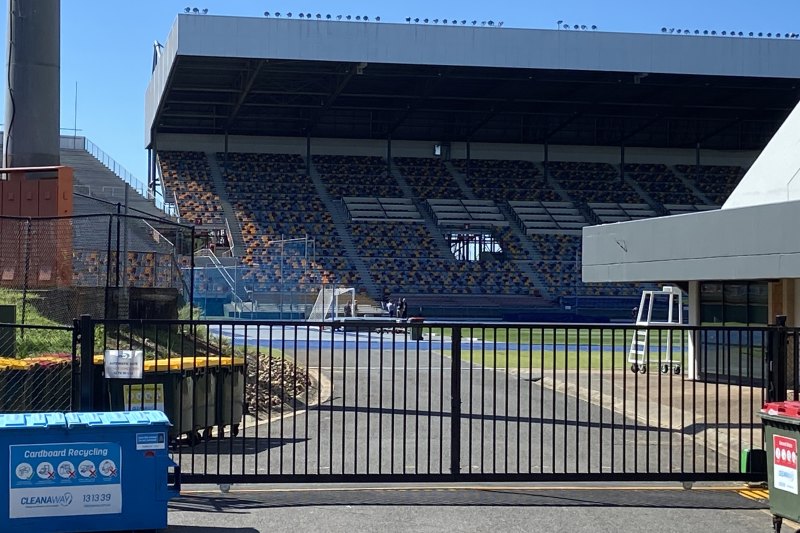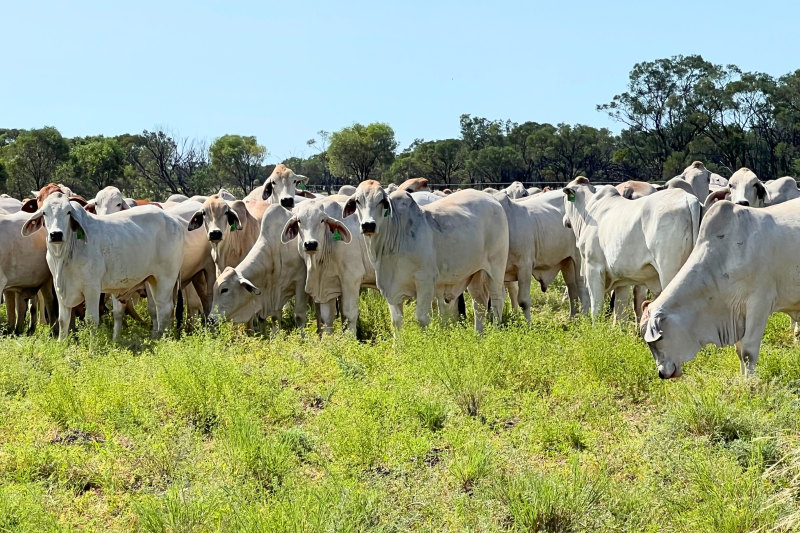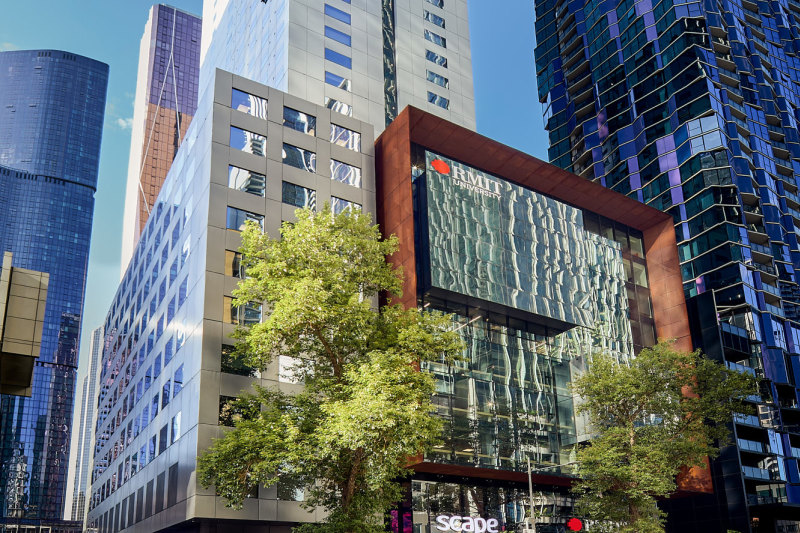
How higher building costs will shape the Brisbane Olympics
Soaring prices in Brisbane’s construction market – which has overtaken Perth to become the second-most expensive in the country – will prompt 2032 Olympic Games organisers to minimise costs and could trigger a wider change in procurement of infrastructure.
A 6.5 per cent increase last year – more than in any other city – lifted Brisbane’s average construction cost to $US2802 per square metre, ahead of Perth’s $US2694 and second only to Sydney’s $US3107, consultancy Turner & Townsend’s International Construction Market Survey 2024 report shows.

How to avoid overpaying
The Queensland capital, likely to undergo a further nation-leading 5 per cent cost escalation this year, already had the highest per-hour average labour cost of $US69.80, posing a challenge for Olympics procurement to be overseen by the Games delivery authority – which has yet to be created – said Turner & Townsend ANZ real estate head Julian Kerwood.
“When that next wave of investment comes that’s going to be supporting Brisbane 2032, it’s going to be prudent for the government to have a look at all procurement options available to them to make sure they get the best deal and don’t overpay,” Mr Kerwood told The Australian Financial Review.
“[It] would depend on each project’s ability to break up a package of work and stagger the way work is delivered over time.
“That may give more options than just going with a single contractor, which may look administratively the easier option but may attract the highest and most expensive commercial solution.”
‘Immense pressures’ on construction
Queensland already has a red-hot infrastructure sector, even after the federal government last year cut nine planned projects from its pipeline in the state.
The state is already rolling out a $14 billion health infrastructure spending program, which includes creating an extra 2200 beds over the four years to 2028, along with four new hospitals and the expansion of 11 existing hospitals. It is also developing new regional clinics.
“Queensland’s construction market is facing immense pressures, which are expected to intensify in the years ahead as major projects for the Brisbane 2032 Olympic and Paralympic Games get underway,” the report says.
Struggle to bring in workers
One problem for Queensland – just one state in a country that was already the world’s third-most expensive region for construction labour costs, after North America and Europe – was that the state’s limited capacity to take more workers, Mr Kerwood said.
While the construction labour force was “fairly mobile” at the skilled end, it was the opposite at the lower-paid end, he said.
The lack of housing also made it harder to import workers into smaller cities and regional areas, Mr Kerwood said.
Even with a goal of using as much existing infrastructure as possible, organisers of the 2032 Games are – under current plans – on the hook for a $1.6 billion refurbishment of the QEII athletics venue in Nathan and $2.5 billion for Brisbane Arena aquatics centre.
There are Olympic athletes’ villages planned for Brisbane, Gold Coast and Sunshine Coast.
There’s also the question of a new stadium to replace the ageing Gabba. While not part of any Olympics spend, that multi-billion-dollar project could become part of the pre-tournament procurement mix.
Labour costs
The state faces a further increase in labour costs as a result of the new enterprise bargaining agreement between builders and the CFMEU in Queensland, Mr Kerwood said.
Ways of tendering and splitting up projects would need to change, he argued.
“How can you be more flexible in ways of bringing projects to market so you engage a broader base of contractors and subcontractors?” Mr Kerwood said.
“If you only bring out large packages of work, you limit the types of contractor that can respond to that.”
Firm investment decisions are unlikely to be made until after the October state election, he said.
“Once we’ve had the election and there’s clarity on direction, those projects … may need a rethink,” Mr Kerwood said.











